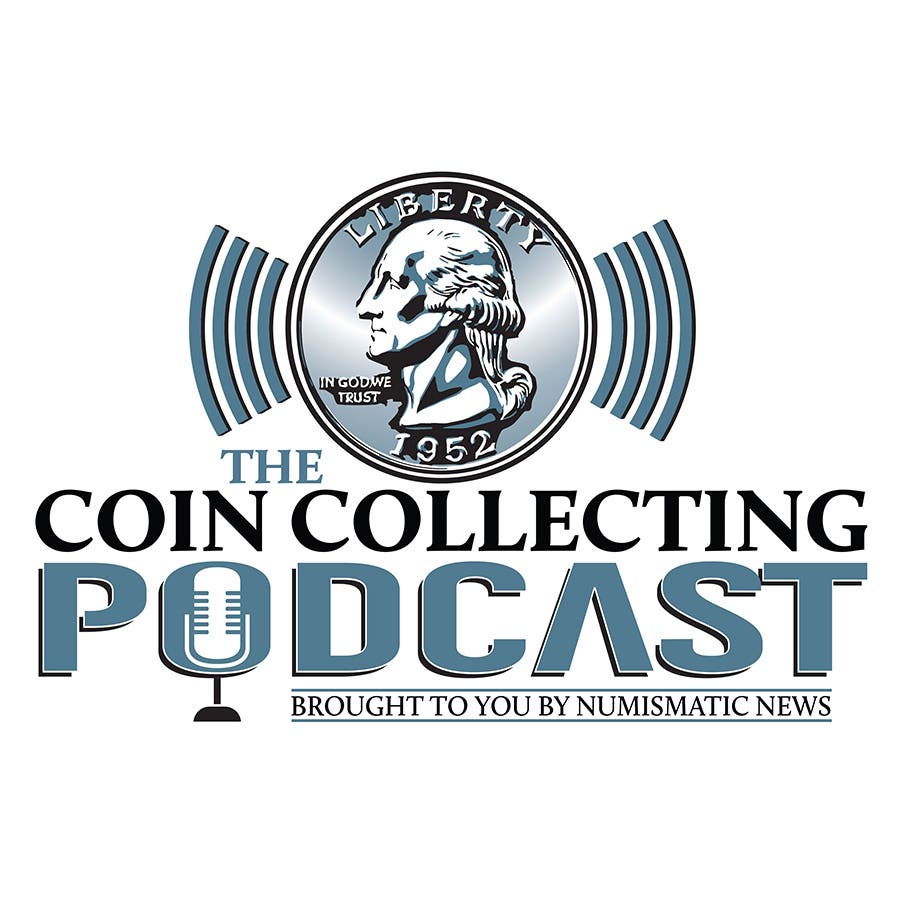Rounding when the cent is gone
I conducted an experiment in rounding on Friday. I didn’t realize I was doing it until I was nearly done. Rounding is a concept that is pertinent to numismatics because…
I conducted an experiment in rounding on Friday. I didn’t realize I was doing it until I was nearly done.
Rounding is a concept that is pertinent to numismatics because it is the suggested remedy to abolishing the cent.
Cash transactions that end with one or two cents get rounded down to arrive at the final total. Cash transactions that total three or four cents get rounded up to the next nickel amount.
In the course of time all of the roundings come out to zero. The users of the system neither gain nor lose money through the absence of the one-cent coin.
On Friday I was doing my Berlin trip expense report. The receipts are in euro. The company wants the numbers converted to dollars. The spreadsheet keeps a running total.
The rounding experiment occurred in the hotel bill. The spreadsheet gets the total and I have to break it down item by item. As each item is entered, the running total gets closer and closer to the final number.
As I was converting each item into dollars and rounding up or down to the nearest cent I was thinking to myself about what I would do if the numbers didn’t match. Obviously, accounting departments don’t like unbalanced accounts.
I needn’t have worried. By following the standard rounding convention, all of the numbers added up to the penny.
I had my expense report completed and I had a lesson in just how rounding works in real life.



